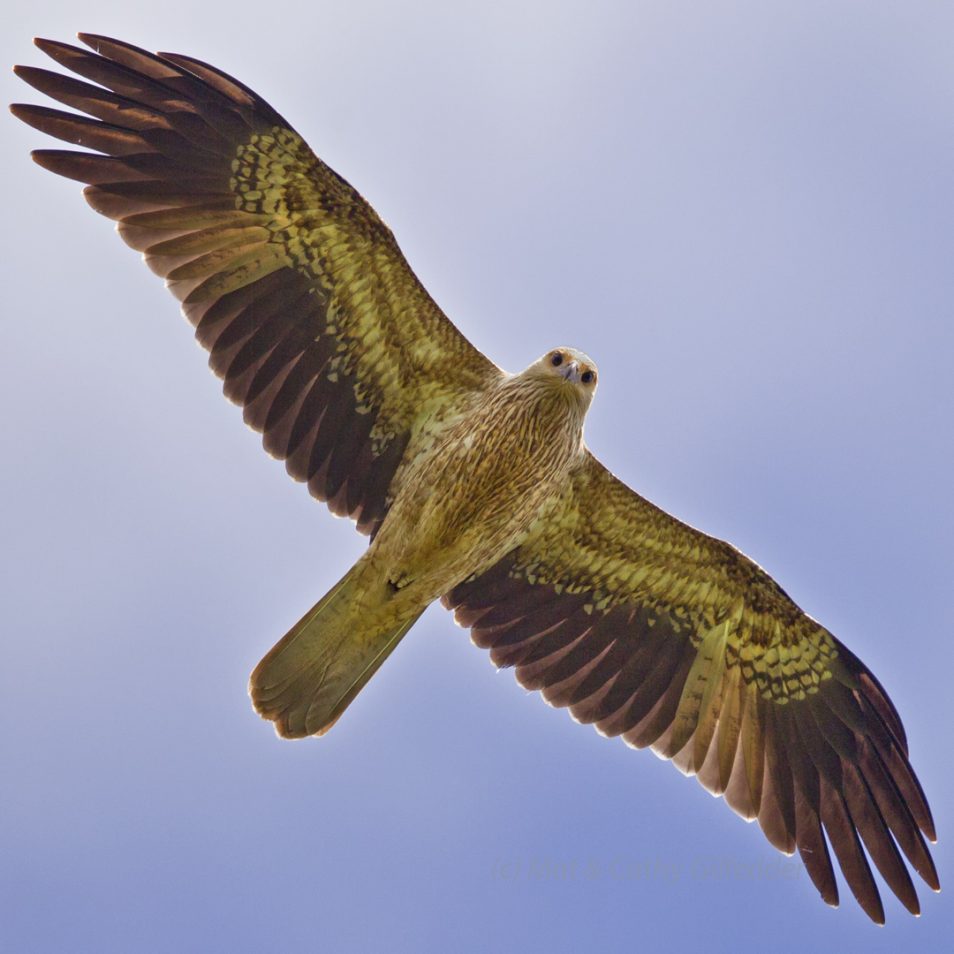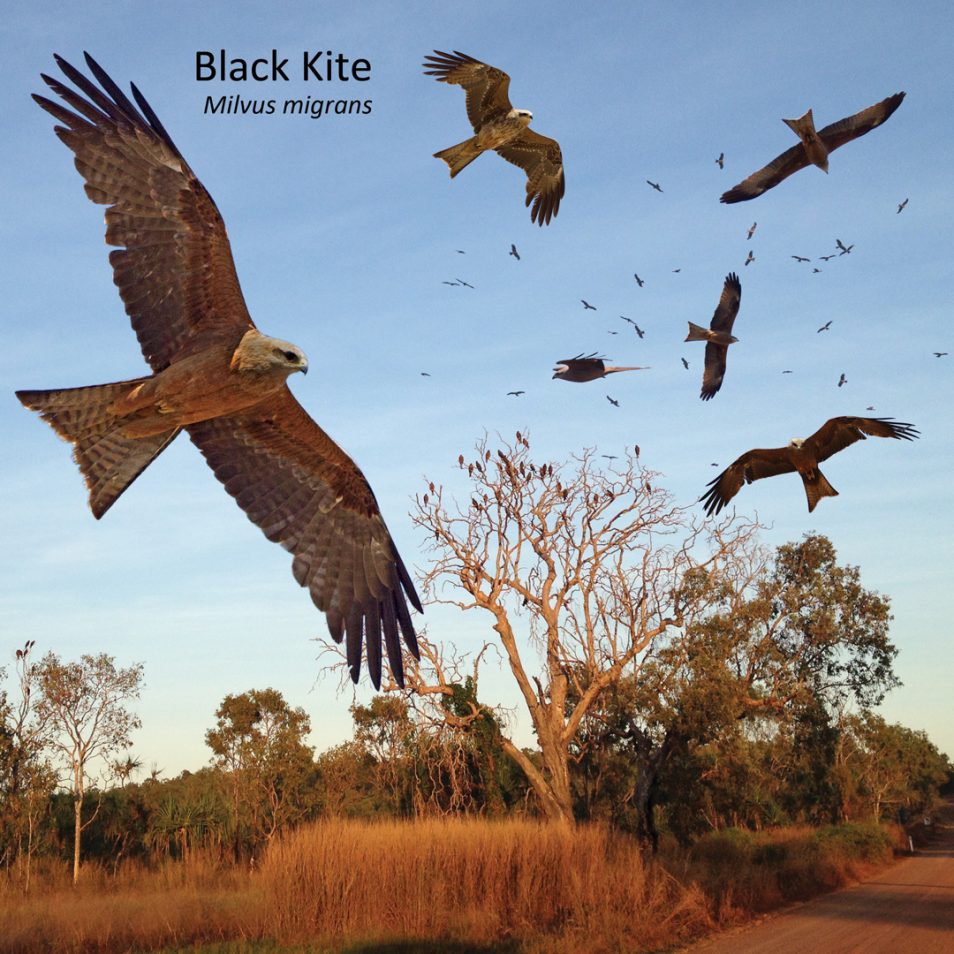We all know that science isn’t just for the lab. But did you know that science isn’t just restricted to those with a fancy degree or a job in a research institution? Citizen science is a collaboration between scientists and those with an interest in that field, all coming together through new data to improve scientific understanding.
If you’d like an example of the power of community and citizen science, look no further than Australian Birds of Prey in Flight, featuring the work of one of our Senior Research Scientists, Mat Gilfedder. This book is a photo guide for the eagles, hawks, kites and falcons flying high above us, aiming to help budding bird watchers (and experienced ones as well) identify the birds they’re looking at. The book contains individual species profiles with extremely detailed images of each bird in six different angles and poses, all meticulously photographed by many talented photographers.
Interestingly, Mat is a keen citizen scientist himself. While his day job with us focuses on land and water, his interest in birdwatching and ornithology fuels his work on the book.
“I’m very proud of the way the book has pulled together the work of so many people.” said Mat.

A Whistling Kite which features as part of the book. IMAGE: Mat Gilfedder
The benefit of a big community
“Cameras are great tools, but an individual photograph can be deceptive. Looking at one still image of a bird can give you an incomplete idea of what that bird might be, leading to an incorrect identification,” according to Mat.
“It is easy to overlook key features through still imagery, as you aren’t able to focus in on all parts of the bird from a single photograph. Taking the time to sit still and watch each bird as they pass overhead gives a much better impression of their relative size, shape and behaviour.”
But not everyone has the time to do this. This is where citizen scientists come in.
Keen citizen scientists shared their observations and many photographs of each featured bird with the authors, who ultimately ended up using several hundred images from almost fifty photographers.
These were brought together to create a concise yet informative guide for identifying Australian birds of prey in flight.
“We really couldn’t have done it without the support of the bird watching community. We received far more images than we could ever use,” said Mat.

An example of the different angles that each bird is captured in the book IMAGE: Composite plate, original photos by Brian Sullivan
We’re all in this together
Citizen science is an invaluable part of ornithology, as the regular collaboration between the public help scientists maps out the distribution and movements of these birds of prey across Australia and the world. By also taking these photos and sharing them with fellow enthusiasts, citizen scientists participate in a community which stays up to date in this ever-evolving field.
“We thank the many observers who have recorded their Australian birds of prey observations in the eBird database. These data underpinned the creation of new maps showing the expected range of each species,” said Mat.
The book ultimately reflects the unique partnership between professional and citizen scientists – both committed to accurately identifying birds of prey. When these images are integrated with the knowledge and experience of professional ornithologists, the result is not only colourful but full of insight into the details to help us all better identify this beautiful but challenging group of birds.
So, if you’re looking for a meaningful hobby for 2019 which is filled with community spirit, citizen science might be the one for you.


7th March 2019 at 11:13 am
Beautiful and interesting images.
19th February 2019 at 10:40 pm
This looks really wonderful! I had a trio of Whistling Kites cruising in the skies above me over a couple of days just recently … was lucky to have those repeat sightings as I wouldn’t have identified them just from the first time. So good to have these varied angles illustrated in this book: it looks like an invaluable resource.